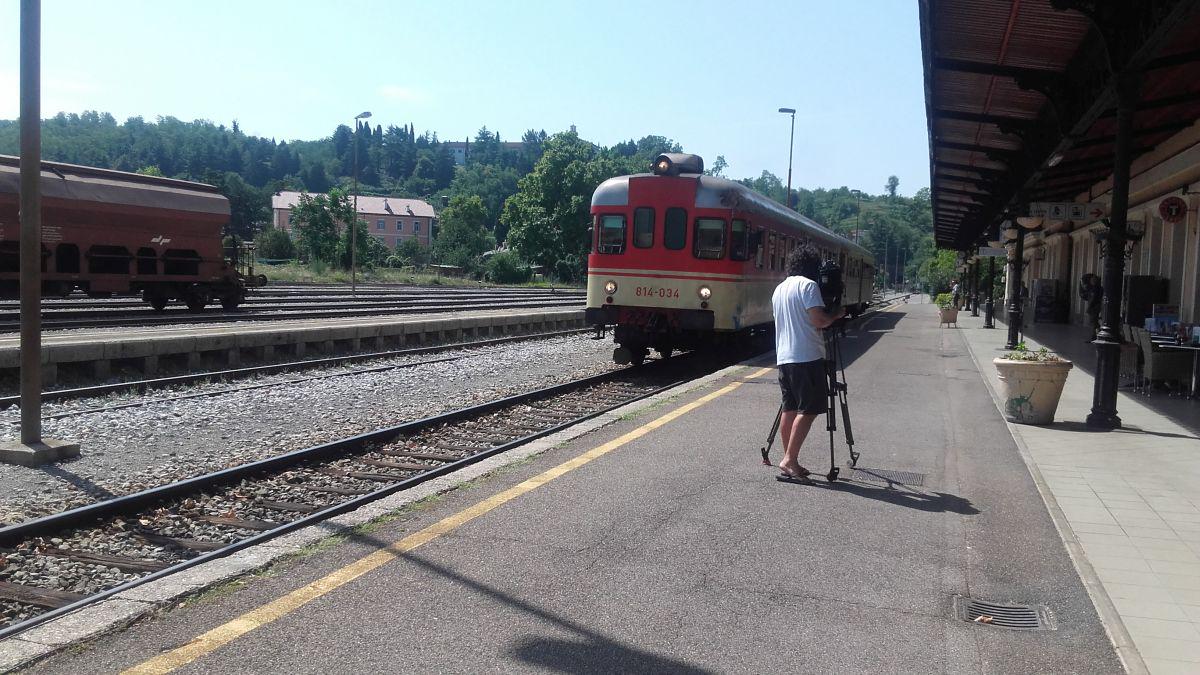
Because of the lack of railroad links, the Operational Initiative for the Bohinj Line and the Association for Territorial Cooperation have sent a protest letter to the European Commissioner for Mobility and Transport Violeta Bulc. Multi-year efforts to introduce cross-border rail links have fallen on deaf ears in both Rome and Ljubljana.
In their protest letter addressed to the Commissioner, the two groups state the following: "The lack of passenger rail links between important cities in Slovenia and Italy – despite the existence of tracks – is absurd and inexcusable for both countries as well as the EU. Paradoxically, this is happening in 'United Europe,' even though we had intense cross-border and international passenger traffic between Slovenia and Trieste, as well as Venice, in the Yugoslav era. Back then, we had six to eight trains every day. There was even a link from Gorizia and Nova Gorica between 1960 and 1998 in the form of a passenger car that was attached to a freight train."
The obstacles are bureaucratic, rather than technical in nature
Matjaž Marušič of the Operational Initiative for the Bohinj Line points out that "there are no technical obstacles to the introduction of passenger trains. Right now, the hurdles are primarily organizational and bureaucratic in nature."
No political will
In their protest letter, members of the Operational Initiative for the Bohinj Line and the European Association for Territorial Cooperation demand immediate action: "The European Commissioner should call on the governments of Italy and Slovenia, as well as their relevant ministries, to begin resolving this problem. In this case, the only issue is the lack of political will, since the situation can be resolved easily, quickly, and with limited funds."
Several studies and projects on the reestablishment of rail links between the two countries have been drawn up, but they were all eventually shelved. Since Ljubljana and Rome have not been able to agree, Brussels should pressure them to come up with a solution, say representatives of both associations.

































































